
Apple Campus 2 in Cupertino by Norman Foster
The strategy of the computer company Apple is to keep information about its new products under wraps for as long as possible and let all users and journalists speculate, spread rumors, and fuel discussions. The same was true for the company's largest product—the new headquarters for 13,000 employees in Santa Clara County, California. After a series of blurred visualizations circulated on the internet, the local city council in Cupertino dispelled all speculation and published all project documentation, which revealed that the building, with a diameter of 1,615 feet (492 m, thus surpassing the Pentagon's headquarters by 15 m), was designed by the London office of Norman Foster. For this purpose, the company acquired land totaling over 700,000 m² near its current headquarters, where a four-story circular building is expected to be completed by 2015, offering over 260,000 m² of office space, 28,000 m² of laboratories, a lecture hall for 1,000 spectators, and its own power plant.
The numbers suggest that compared to the current state, the number of trees and greenery will increase on the site. 90% of asphalted surfaces will disappear, and most parking spaces will be relocated underground. Despite the enormous scale, the building's designers attempted to maintain a low profile, human scale, and a pleasant working environment.
Co-founder Steve Jobs ultimately unveiled the 'iRing' at the beginning of July before the city councilors in Cupertino:
It’s a pretty amazing building. It’s a little like a spaceship landed. It’s got this gorgeous courtyard in the middle… It’s a circle. It’s curved all the way around. If you build things, this is not the cheapest way to build something. There is not a straight piece of glass in this building. It’s all curved. We’ve used our experience making retail buildings all over the world now, and we know how to make the biggest pieces of glass in the world for architectural use. And, we want to make the glass specifically for this building here. We can make it curve all the way around the building… It’s pretty cool.
All insulated glazing of gigantic dimensions will not only be curved but slightly rounded as well. The transition to large-scale glazing is currently being experienced by the flagship store on New York's 5th Avenue, where the reconstruction of the glass cube is taking place, and from the current 90 panels, only 15 will be needed.
The numbers suggest that compared to the current state, the number of trees and greenery will increase on the site. 90% of asphalted surfaces will disappear, and most parking spaces will be relocated underground. Despite the enormous scale, the building's designers attempted to maintain a low profile, human scale, and a pleasant working environment.
Co-founder Steve Jobs ultimately unveiled the 'iRing' at the beginning of July before the city councilors in Cupertino:
It’s a pretty amazing building. It’s a little like a spaceship landed. It’s got this gorgeous courtyard in the middle… It’s a circle. It’s curved all the way around. If you build things, this is not the cheapest way to build something. There is not a straight piece of glass in this building. It’s all curved. We’ve used our experience making retail buildings all over the world now, and we know how to make the biggest pieces of glass in the world for architectural use. And, we want to make the glass specifically for this building here. We can make it curve all the way around the building… It’s pretty cool.
S.Jobs
All insulated glazing of gigantic dimensions will not only be curved but slightly rounded as well. The transition to large-scale glazing is currently being experienced by the flagship store on New York's 5th Avenue, where the reconstruction of the glass cube is taking place, and from the current 90 panels, only 15 will be needed.
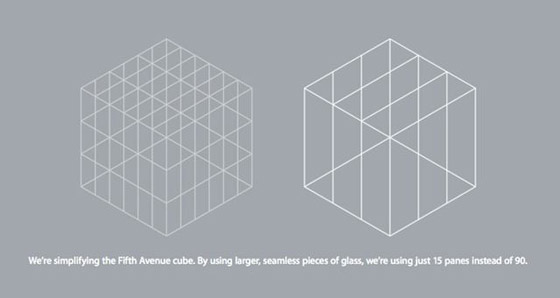 |
The English translation is powered by AI tool. Switch to Czech to view the original text source.
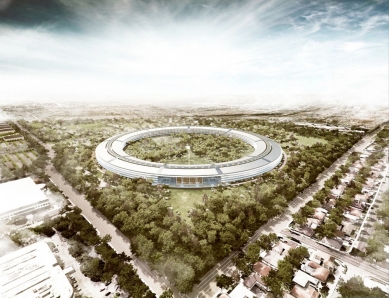

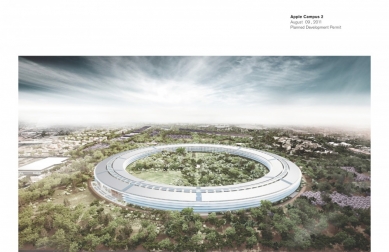
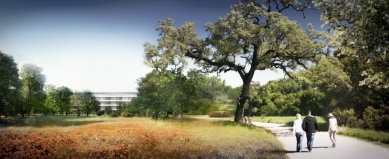
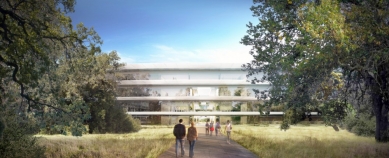
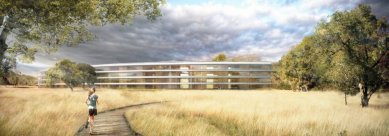
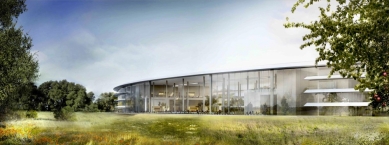
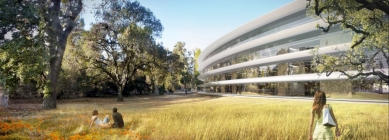
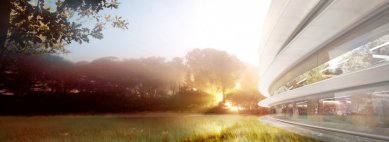
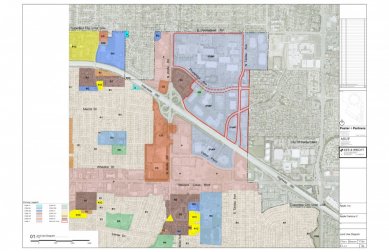
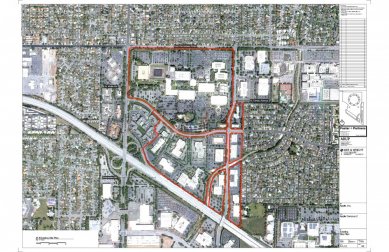
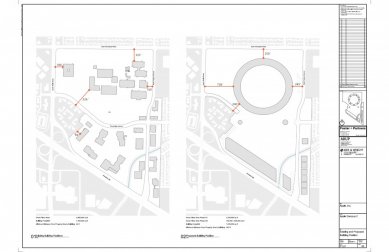
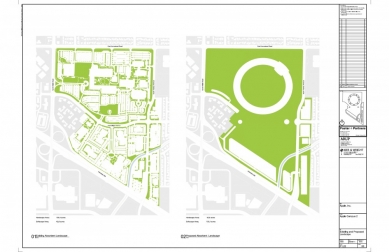
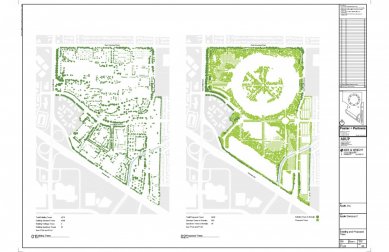
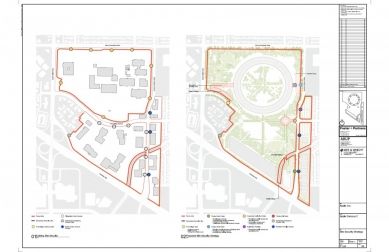
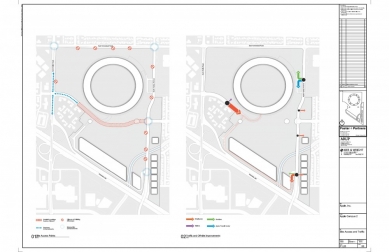
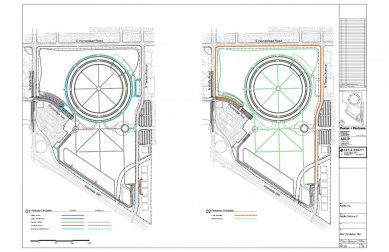
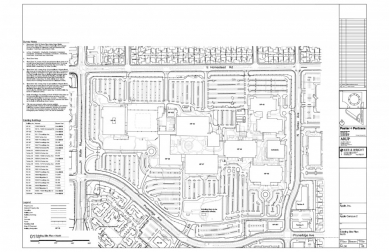
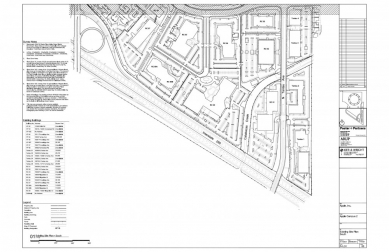

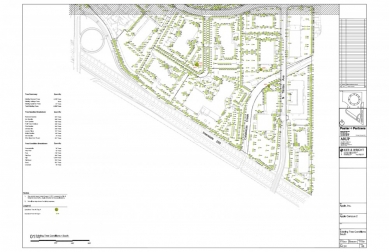
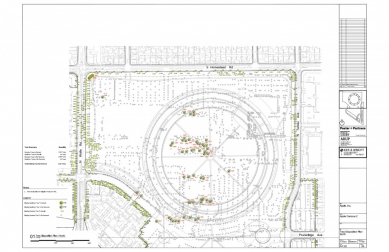
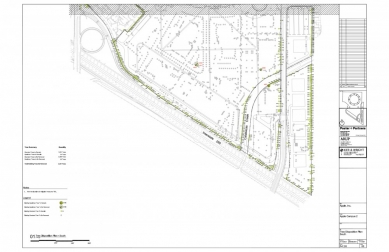
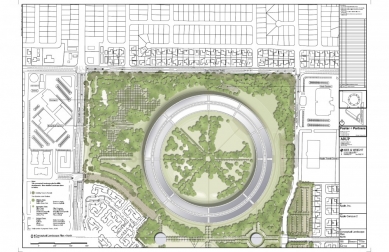
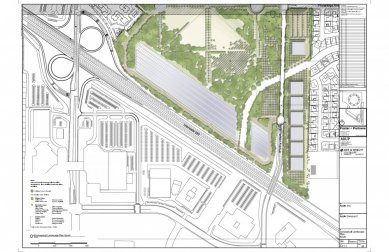
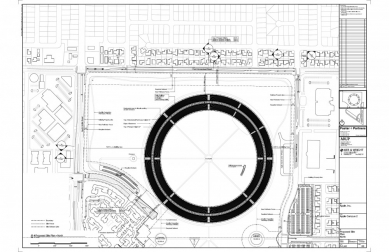
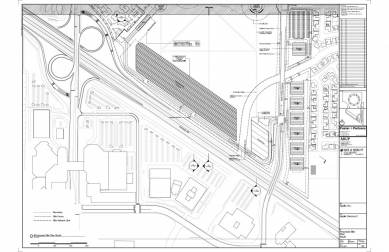
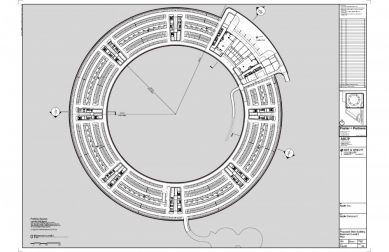
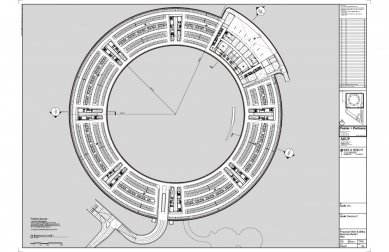
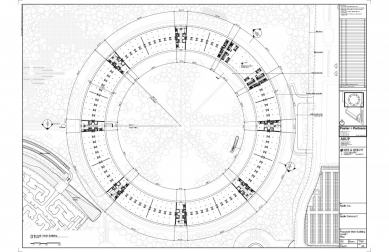
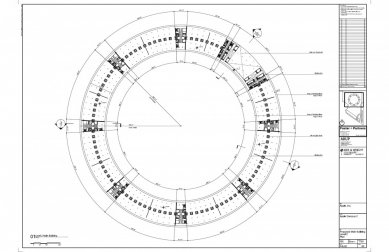
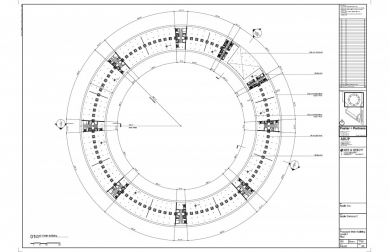
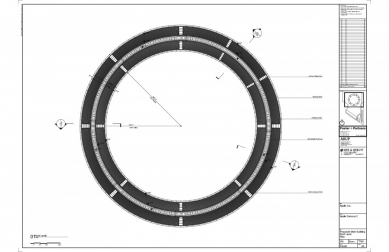
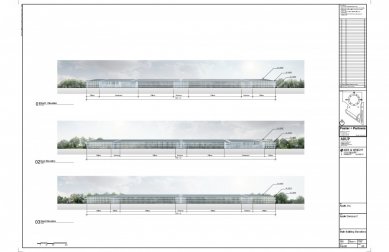
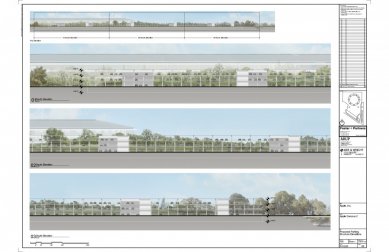

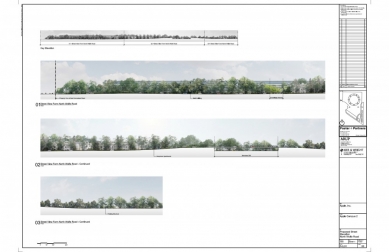
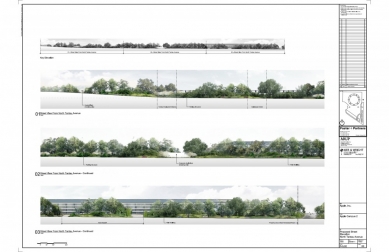
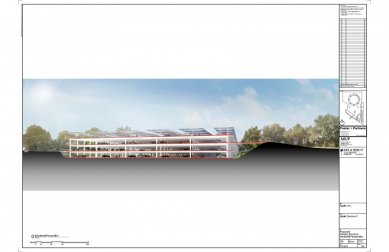
0 comments
add comment












